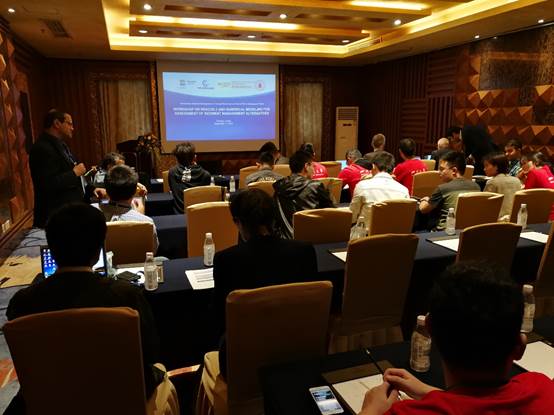
The International Workshop
on RESCON 2 and Numerical Modeling for Assessment of Sediment Management
Alternatives, co-organized by World Bank, World Association for Sedimentation
and Erosion Research (WASER), Sichuan University and UNESCO Office Beijing, was
held on September 17, during the 14th International Symposium on River
Sedimentation (14th ISRS) held in Chengdu, China. Over 40 participants from
USA, UK, Japan, Portugal and China attended the workshop.
The workshop were organized in blocks. In the
opening of the workshop, justification for developing practical design and
management strategies that will facilitate sustainable development of
hydropower and dams through reservoir sedimentation management was provided.
The second block of the workshop, provided an introduction to sediment
monitoring, sediment yield assessment, reservoir sedimentation and the
state-of-the-art sediment management techniques. Subsequently, a training
on software RESCON 2 was provided. The capability of sediment management to
provide a successful adaptation strategy to climate change, increasing thus the
resilience of water infrastructure was demonstrated. In the last block of the
workshop, the capabilities of numerical and physical model in sediment
management were presented, and the model applicability was demonstrated through
practical examples.
The workshop had the following agenda:
Block 1: Workshop Opening
· Welcome
speech, importance of sedimentation and sediment management for water
resources management in China and worldwide (Cheng Liu, IRTCES)
· World
Bank’s initiatives to increase awareness of the challenge and determination to
address the issue of sedimentation (Pravin Karki, Global Lead hydropower &
Dams, World Bank)
Block 2: Sedimentation and Sedimentation
Management (Gregory L. Morris, Independent Consultant, World Bank)
· Sediment
yield & monitoring
· Predicting
sedimentation rates and patterns
· Sediment
management countermeasures
· Example
reservoirs and interventions
Block 3: RESCON 2 overview and training (Nikolaos
Efthymiou, Independent Consultant, World Bank)
· Methodological
approach
· Data
collection and pre-processing
· Model
set-up and calibration
· Identification
of optimum sediment management approach
· Climate
change analysis
Block 4: Introduction to numerical and physical
modeling (Helmut Habersack, UNESCO Chair in Integrated River Research and
Engineering, BOKU)
· Theoretical
background to numerical and physical modelling
· Capabilities
of numerical and physical models in sediment management
· Data
requirements
· Model
setup and calibration
· Application
examples
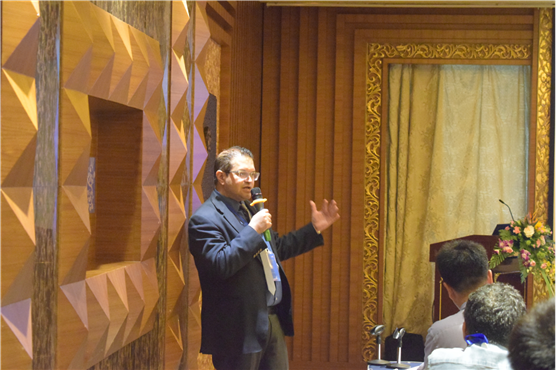
Pravin
Karki, Global Lead hydropower & Dams, World Bank
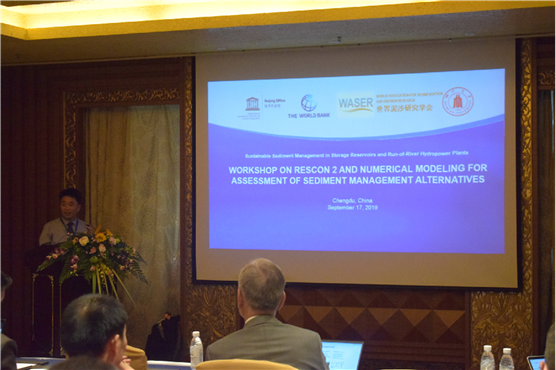
Cheng Liu,
IRTCES
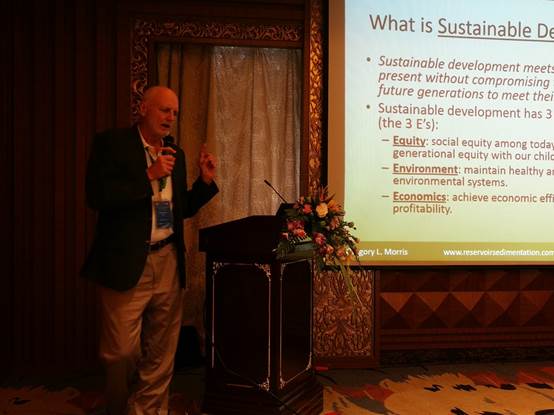
Gregory L.
Morris, Independent Consultant, World Bank
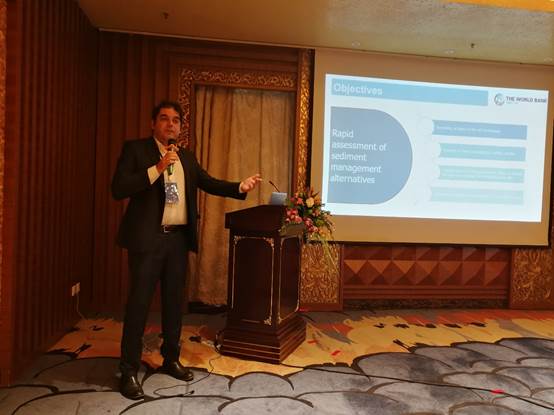
Nikolaos
Efthymiou, Independent Consultant, World Bank
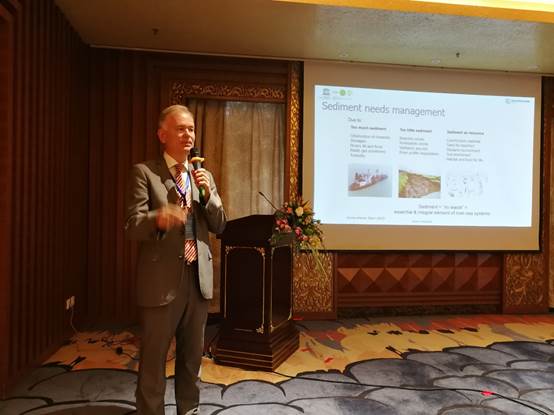
Helmut
Habersack, UNESCO Chair in Integrated River Research and Engineering, BOKU

Group
photo

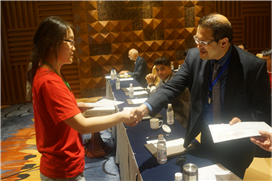
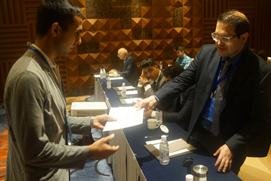
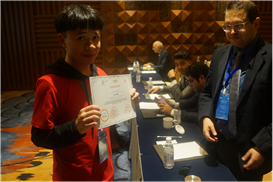
Certificates
issuing

